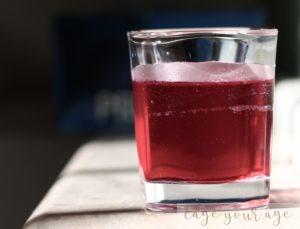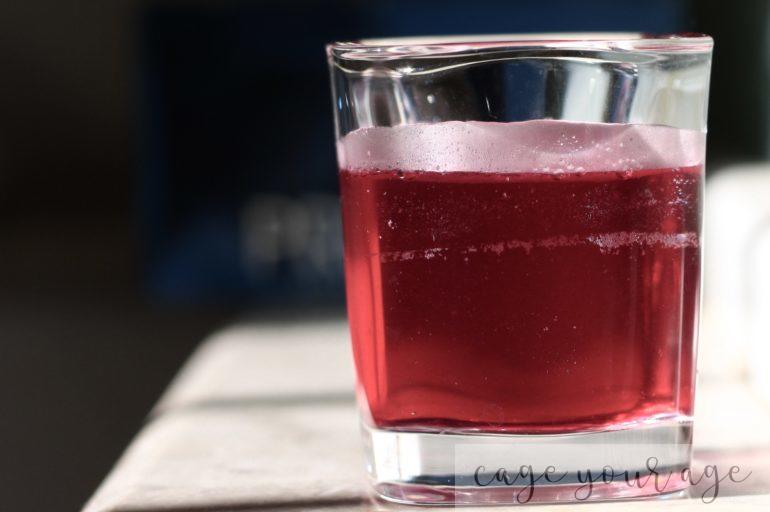Have you made friends yet with this tummy buddy in town? Beetroot kvass – The Probiotic.
Enemy of the antibiotic, protector of the gut, queen of good health , breaker of bowel disease and mother of wellness .
( Pardon the excess, I’m still suffering from Game of Thrones withdrawal symptoms !)
If you regularly consume curds/ buttermilk , sauerkraut, kimchi, miso, kombucha or kefir , its likely that you have a gut that behaves fairly well. However, if these are on your occasional list, chances are that you have tummy problem too at the same frequency.
Personally , I have found beet kvass the most convenient and tastiest probiotic drink. I do love kombucha and kefir but find it hard to come by, and the most popular probiotic drink available in the market, Yakult is sickeningly sweet.
How do I know I have a cranky gut ?
If any of these couple of symptoms are bothering you, the answer could point to below the belly.
* Reflux
* Peptic Ulcers
* Gallstones
* Lactose Intolerance
* IBS ( inflammatory bowel disease )
* Constipation
* Gas / bloating
* Cravings for sugar or carbs
* Skin rashes, acne or eczema
* Arthritis or joint pain
* Weak immune system
You need this in your life- beetroot kvass

This health tonic originated in Russia and Ukraine thousands of years ago, evolved from rye bread to beetroot and today is definitely inching its way to the hotspot place as a super probiotic.
Instead of popping a probiotic pill on a daily basis, you could just have a shot of this chilled, delicious, earthy, ruby coloured liquid that could solve more problems than just your gut.
And the best part is that you can make it at home with just 3 simple ingredients- beetroot, sea salt and water. No need of an expensive starter culture or whey to speed up the fermentation.
Top 6 benefits of beet kvass
1. Rich in probiotics- gut friendly bacteria ensures a smooth digestive system.
2. Improves cardio vascular health and builds exercise tolerance ( great pre work out drink).
3. Liver cleanser – removes toxins and reduces fat build up from the liver.
4. Balances the Ph level of blood- betalain compounds present in beets ( giving that red colour) help in producing red blood cells and making the body more alkaline.
5. Nutrient power house- loaded with Vitamin C, Manganese and Folates .
6. Hight anti oxidant levels- relates to better immune system, great skin and even anti cancer fighting abilities.
You will need –
– Filtered Water ( 3 litres ) – I use boiled and cooled filtered water , just to be doubly sure about the purity. You don’t want to take a chance with the fermentation process using unclean tap water which contains chlorine and fluoride .
– Unrefined Sea Salt ( 1 and a half table spoons ) – You cannot use normal table salt as it contains Iodine which will not let fermentation occur naturally. You can also use Himalayan pink salt. Buy it here .
– Organic beetroots ( 3 to 4 medium size ) – yay if you can source organic beetroots, this means you can leave the skin on while chopping the beet and also means that you will get loads of friendly bacteria present naturally on the skin to multiply during fermentation. Please do not scrub the beet vigorously or peel the skin , just washing it gently will do.
And most importantly do not chop and discard the bulb that connects to the stem, this part contains the highest concentration of betalain compounds ( if you forgot what it does, just scroll up ).
If you are unsure about the beetroots organic certificate, peel the skin, and DOUBLE the amount of salt used, or fermentation process could go awry.
– A large glass jar which can hold upto 3 litres of water, with a screwable tight lid.
– Optional seasoning like star anise, cinnamon, ginger or orange peel, will add to the taste.

Method
1. Chop the beetroots into cube shape in the approximate size of a dice.
2. Add the chopped beets in the glass jar.
3. Top it with sea salt.
4. Add filtered water, leaving one inch space below the lid.
5. Affix the lid tightly and leave the jar in an area , away from direct sunlight.
6. Allow to ferment for atleast 6 to 7 days.
7. Strain the liquid into glass bottles, add seasoning if required and store in refrigerator upto 6 weeks.
8. Use the remaining beets to make a new batch of kvass, it may be a weaker tasting kvass though.
Note

1. It is impossible to predict a cut off date when the kvass is ready. If you live in a warm climate area, 6 to 7 days is a good time. If you live in a cold country you may need upto 12 days.
2. Once in 2 to 3 days, open the lid to let out the air and let it breathe briefly before screwing the lid on back.
3. You may notice some kind of scum forming at the top, don’t be alarmed, its perfectly safe, just scoop it out when you open the lid occasionally.
4. Start tasting it after 5 days, when it gets a slightly fizzy taste, you know your kvass is ready.

How much and when can I drink ?
You can start by drinking a shot glass of kvass with meals once a day and increase it to twice a day.
Increase the quantity to upto half a glass twice a day over the weeks. Many people have reported saying that they felt super energetic when they had it on an empty stomach . So its really upto you, work out a time when it suits you the best.
Beet kvass can also be used as salad dressing, added to a smoothie or mixed with any other juice if you don’t find it palatable which will be highly unlikely !
Just pour it into a fancy glass, pick up a book and sip on it gingerly like you would on a sangria. And with all those spice infused flavours, this one will give any wine sangria a run for its money.




Priya Nayak
February 28, 2018 at 12:33 pmAwesome!! Was wondering what to do with my organic beets. Now I know
Divya
March 4, 2018 at 5:02 pmPlease do try and let me know how it turned out !
Sudha
August 27, 2018 at 7:09 amshould we add ginger and cinnamom while its fermenting?
Divya
September 20, 2018 at 1:58 pmAdd cinnamon while fermenting, and ginger only once you bottle it and refrigerate it.